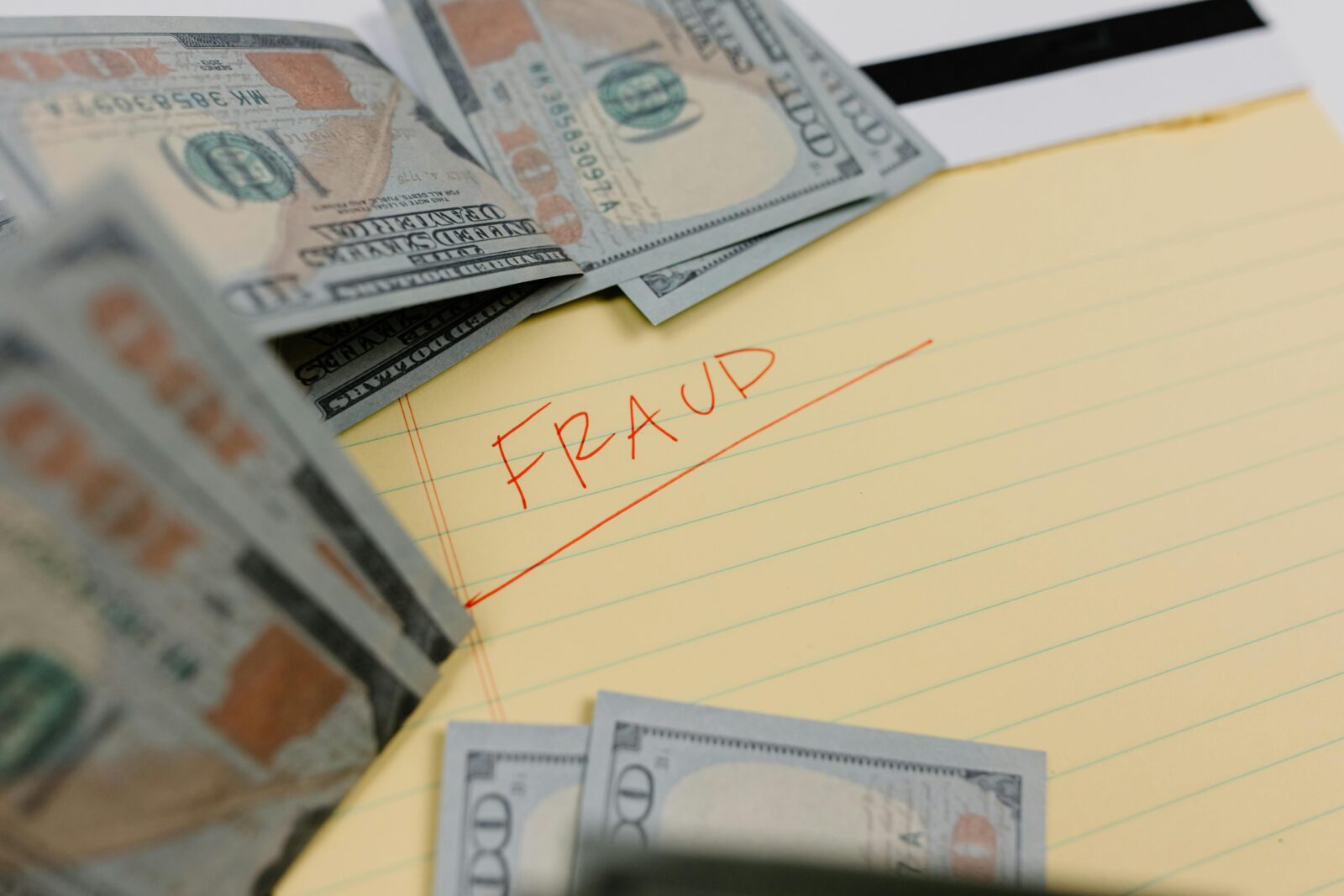Online shopping has become a vital part of modern life, but the rise in convenience has also been met with an increase in scams. Fraudulent shopping websites are on the rise, luring unsuspecting buyers with unbelievable discounts, fake reviews, and deceptive advertising. To protect yourself, it’s essential to recognize the warning signs and be aware of known scam sites. Below is a list of 20 websites flagged as fraudulent in 2024, along with tips on how to shop safely online.
20 Suspected Scam Websites in 2024
- Pilosaleltd.com – Known for low-quality counterfeit goods and unresponsive customer service.
- Omitages.com – Complaints of non-delivery and no legitimate tracking information.
- TiffanyCoShop.com – Impersonates the Tiffany brand with fake luxury products.
- MyFaceBoxer.com – Fake custom products and no refunds issued.
- Emmarelief.com – Targets buyers with substandard goods and no return policies.
- Morrity.com – Displays fake reviews and phishing links.
- Stanley1915.com – Mimics a trusted brand to trick buyers into fraudulent purchases.
- Brooks-outlet.com – Claims to sell authentic Brooks gear at impossible discounts.
- Allureusports.com – Fake sporting goods with reports of stolen card information.
- SueWhitehurst.shop – Repeated scam allegations and lack of transparency.
- WilkoClosing.com – Exploits store liquidation sales to deceive buyers.
- Zamzbuy.com – Overly aggressive ads lead to products that are never delivered.
- BHSpcial.com – Mimics Balsam Hill to scam customers during holiday shopping.
- Rvxstore.com – Cheap prices but zero delivery or refunds.
- EliteFashionOutlet.com – Fake high-end clothing that never arrives.
- GiantToolSale.com – Poses as a hardware store with nonexistent inventory.
- HotsnowOutlet.com – Claims to offer brand-name winter apparel at fraudulent prices.
- ValuePrimeGoods.com – A newly created scam site with fake deals and no contact information.
- TrendyStyleHub.com – Promoted through fake social media ads, leading to financial fraud.
- QuickShopOutlets.com – Recently flagged for selling nonexistent items.

How These Scams Work
Fake shopping websites employ a range of tactics, including:
- Unrealistic Discounts: Offers that seem too good to be true often are.
- Clone Websites: Scammers replicate the look and feel of legitimate brands to trick consumers.
- Phishing Tactics: Some sites aim to steal personal and payment information rather than deliver products.
- Fake Reviews: Positive feedback is fabricated to build trust.
- Unsecure Payment Gateways: Scammers often use dubious payment portals that don’t offer buyer protection.
Protecting Yourself From Shopping Scams
- Research Before You Buy: Always check reviews from multiple sources like Trustpilot or ScamAdviser.
- Look for Secure Websites: Only shop on websites with HTTPS in the URL.
- Be Skeptical of High Discounts: If prices are far below market value, it’s likely a scam.
- Check Contact Information: Legitimate businesses have clear contact details.
- Avoid Unusual Payment Methods: Be wary of sites that only accept wire transfers or cryptocurrency.
What To Do If You’ve Been Scammed
- Report the website to your local consumer protection agency.
- Contact your bank or payment provider to dispute the transaction.
- Spread awareness to prevent others from falling victim.
Conclusion
Online shopping should be a seamless and enjoyable experience, but it’s crucial to stay vigilant. By recognizing the signs of fake websites and sharing information about scams, you can protect yourself and others from falling victim. If you encounter a suspicious site, report it to platforms like TrueTrustReviews.com to help fight online fraud.
Stay informed, shop wisely, and remember: if something seems too good to be true, it probably is.














Leave a Reply